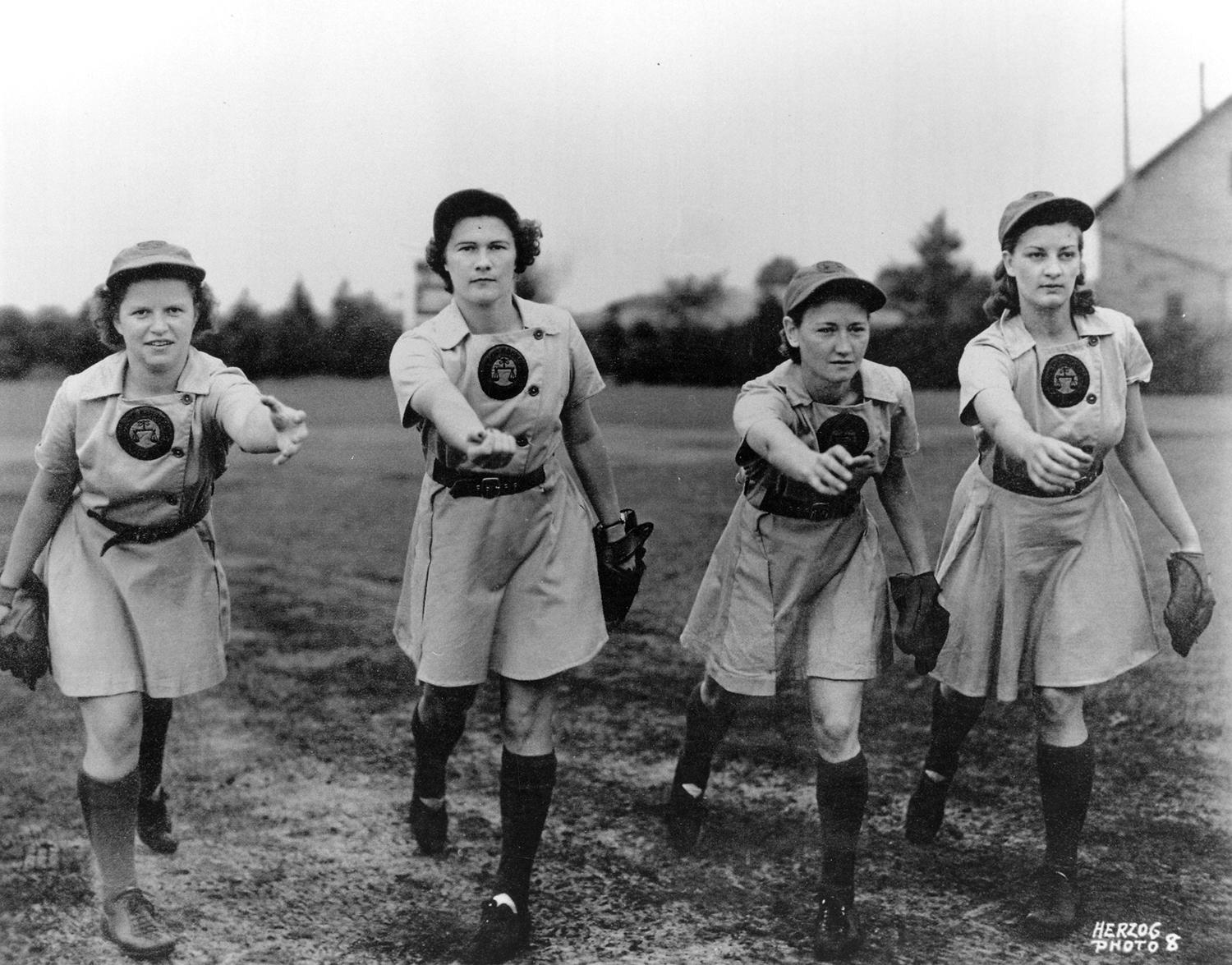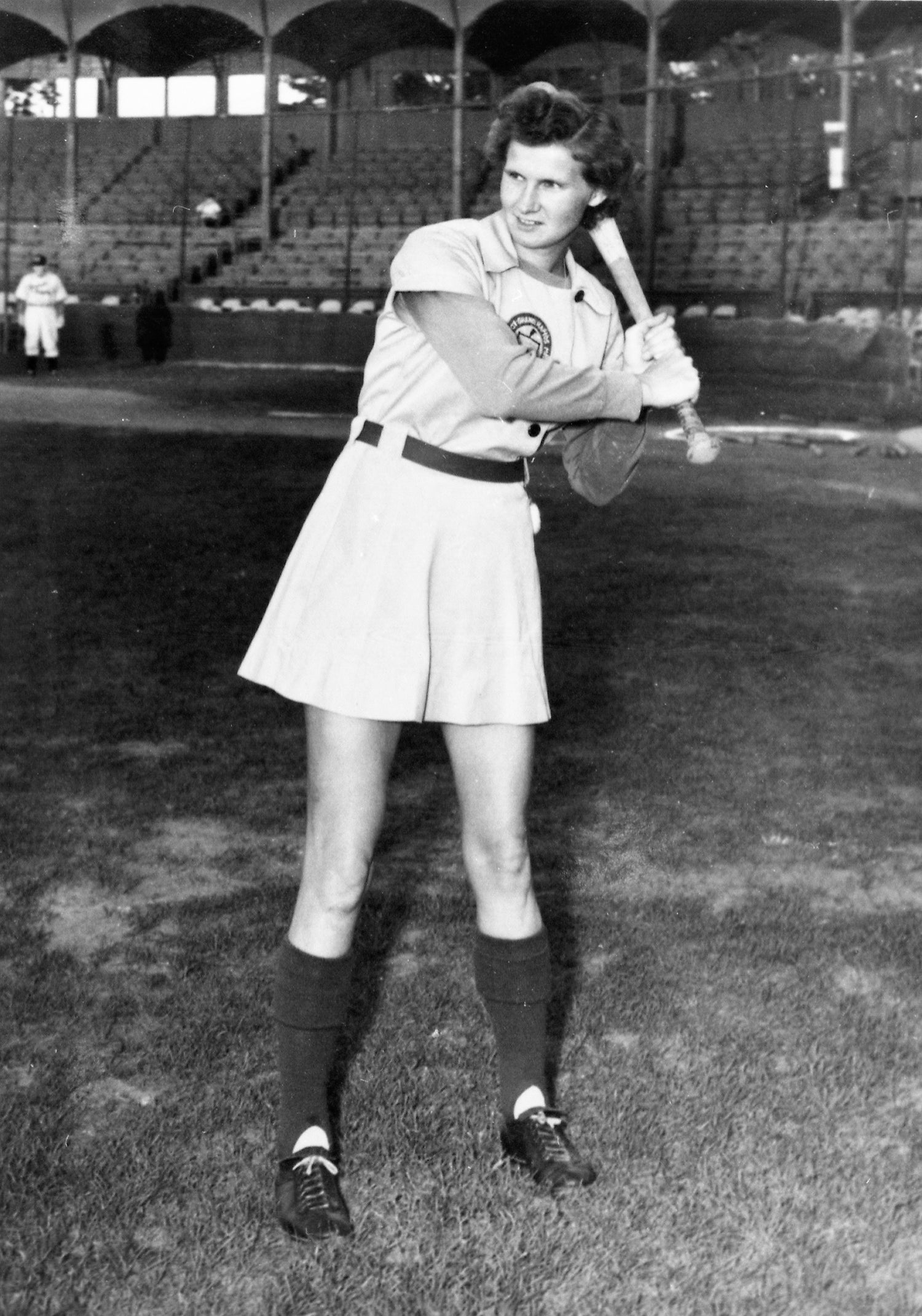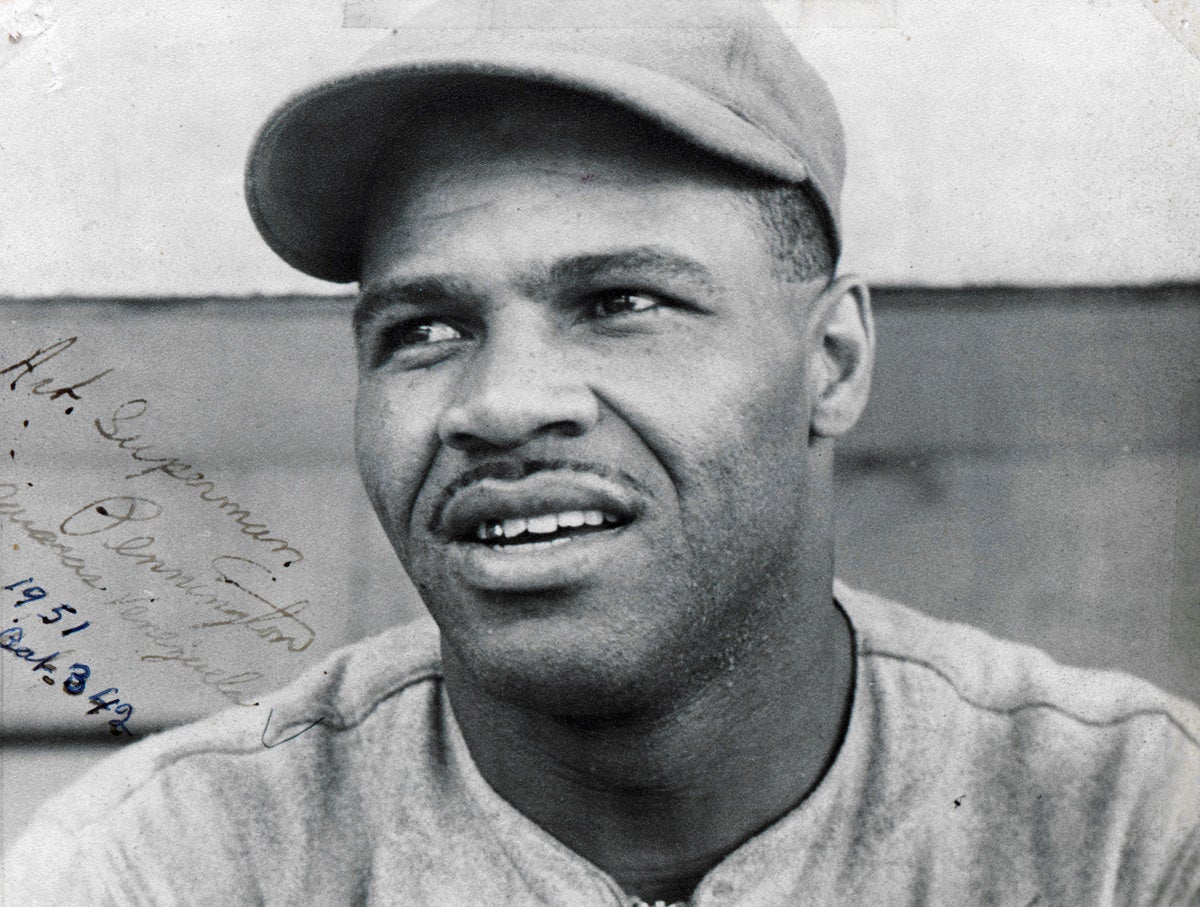#Shortstops: Mary Pratt’s suitcase
Statistics tell the story of a player’s career in black and white. These numbers are used to talk about the outcome of a game, of a season, and of a career. But it’s the personal belongings of a player which add color to that career. Those historic pieces, such as Mary Pratt’s suitcase, express more than numbers – they show the owner’s love and devotion to the game.
Holding a degree in physical education from Boston University’s Sargent College, Pratt had always been a lover of sports. Growing up, she would play baseball, softball, and basketball with boys on the playground. In the spring of 1943, 25-year-old Pratt had already settled into a steady career of teaching when she learned about a women’s softball league that Philip Wrigley was organizing (it eventually became known as the All-American Girls Professional Baseball League – the name most people recognize today).
Once the school year was finished, Pratt packed up her softball gear and this suitcase and traveled halfway across the country for the opportunity to join the league. Not only would it pay $60 per week – more than $850 today when adjusted for inflation – this league was an opportunity for Pratt to continue her athletic career. In fact, she loved playing so much that in 1945, she quit the teaching job she held during the offseason when the school would not let her attend spring training.
For five seasons, Pratt was a reliable southpaw pitcher for the Rockford Peaches and Kenosha Comets. Through those years, she adorned her suitcase with decals as it traveled the thousands of miles with her while she pursued her career.
In 1943, on the lid of the suitcase, Pratt likely placed the stickered letters spelling out “Rockford Peaches” and “All American Girls Softball League” – because it was the first team she played for and the league was known by that name at the time. There are multiple American flag decals decorating both sides of the case – Pratt was showing her patriotism as the U.S. was in the middle of World War II.
Amidst the flags, there are also several miniature pennants which show just some of the places Pratt took her suitcase. There is a South Bend pennant (home of the Blue Sox) that she could have added during her first season, as well as Chicago (where the league originated with Philip Wrigley) and Notre Dame (located in South Bend) stickers. However, the Fort Wayne (home of the Daisies), the Muskegon (home of the Lassies) and the three Grand Rapids (home of the Chicks) pennants could not have been added until later because those cities did not have clubs until the latter half of her career. Interestingly enough, there are no pennants or decals of the two clubs Pratt played for: Rockford or Kenosha.
The decals adorning the suitcase add color to the luggage as well as Pratt’s five year career in the AAGPBL. The fact that she continued to add the decals throughout her time playing meant she continued to be devoted to the league and enjoyed traveling to other team’s cities.
While there are statistics that talk about her career, Pratt’s suitcase tells the story of an adventure of a lifetime. Mary Pratt’s suitcase is on display in the Diamond Dreams exhibit at the National Baseball Hall of Fame and Museum. Pratt's suitcase is also featured in Episode 3 of the Hall of Fame's YouTube series, Hall of Fame Connections, titled "Dirt in the Skirt to the Sandman." To view the full episode, click here.
Gabrielle Augustine is a Curator at the National Baseball Hall of Fame and Museum







